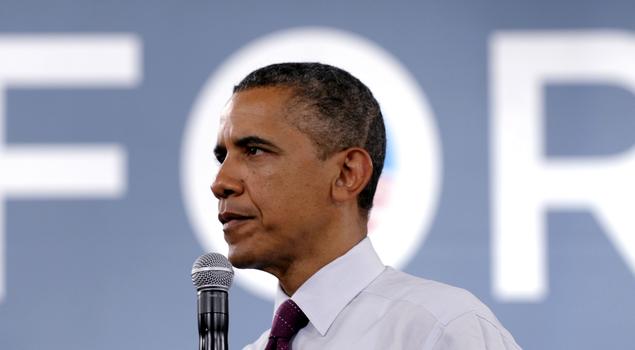August 8, 2012
Nearly 30,000 Indian youth are to benefit from a plan approved by President Barack Obama which allows 1.5 million unauthorized immigrants the chance to stay on in the US for another two years.

August 8, 2012
Nearly 30,000 Indian youth are to benefit from a plan approved by President Barack Obama which allows 1.5 million unauthorized immigrants the chance to stay on in the US for another two years.

The initiative will offer a two-year grant of reprieve from deportation as well as work authoriation for unauthorized immigrants who were under the age of 31 as of June 15, 2012 and entered the US before the age of 16.
Some 30,000 Indians among 1.76 million unauthorized immigrants who were brought to the US as children could gain a two-year relief from deportation under President Barack Obama's new guidelines.
India and South Korea, each with about 30,000 potential beneficiaries, or 2 percent, are the two top countries of origin outside Latin America for prospective beneficiaries under the deferred action policy announced by Obama in June, according to the Migration Policy Institute (MPI).
The eligibility guidelines outlined by the Department of Homeland Security (DHS) largely parallel the requirements of the Development, Relief, and Education for Alien Minors (DREAM Act), which has been introduced in Congress in various forms since 2001, according to the Washington think tank.
The Deferred Action for Childhood Arrivals (DACA) initiative will offer a two-year grant of reprieve from deportation as well as work authoriation for unauthorized immigrants who were under the age of 31 as of June 15, 2012 and entered the US before the age of 16.
They should also be currently in school, have graduated from high school or earned a GED or General Educational Development, or are honorably discharged veterans of the US armed forces (including the Coast Guard).
Five states – California, Texas, Florida, New York and Illinois – are home to 57 percent of the total population of potential beneficiaries. California has by far the largest population of potential beneficiaries, with 460,000, followed by Texas (210,000), Florida (140,000), New York (110,000) and Illinois (90,000).
"The deferred action initiative, with its education requirements, offers these youth a significant incentive to stay in school and get their high school diploma," said Margie McHugh, co-director of MPI's National Centre on Immigrant Integration Policy.
"And to the extent it raises hopes for eventual passage of the DREAM Act, it may encourage thousands more to set their sights on a college degree."
MPI also estimates that 58 percent of the prospective beneficiaries ages 15 and older are in the labor force.
About 80,000 of the potentially eligible beneficiaries have an associate's degree or higher; of them 44 percent have a bachelor's degree and another 8 percent hold an advanced degree, MPI said.
Courtesy: IANS







































































































